▲ Click the above Leifeng Network to follow

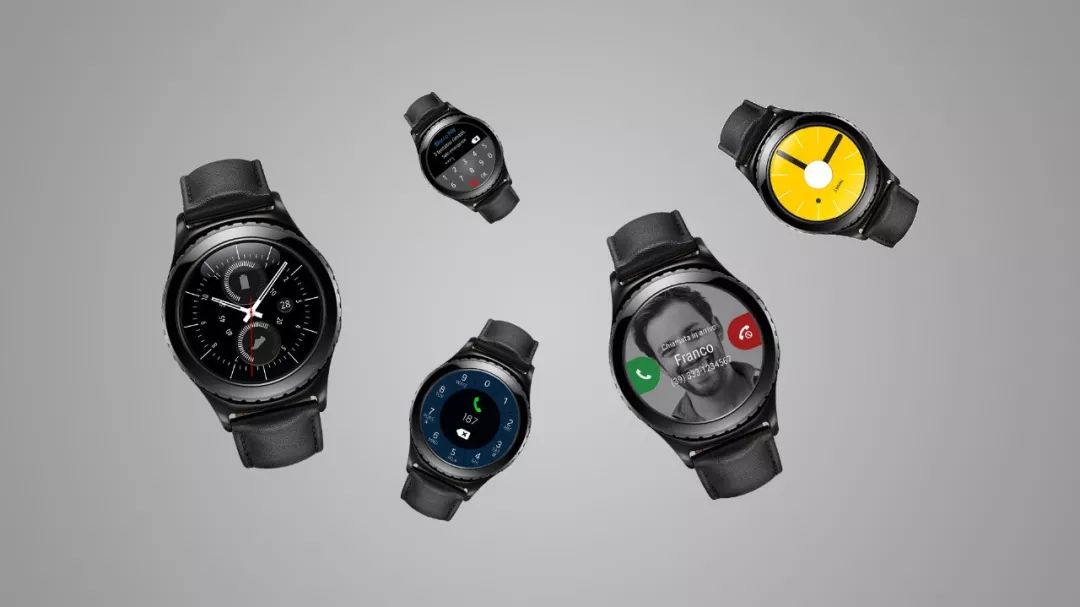
The eSIM card brings smartwatches one step closer to becoming the main character.
Author | Wang Jinwang
Why haven’t smartwatches become as essential as smartphones for everyone?
Aside from the product and function positioning being somewhat lackluster, a significant reason is that smartwatches have always needed to connect to smartphones to perform better, and they have long been viewed as “accessories” to smartphones. This issue is likely to improve with the gradual popularization of eSIM cards.
With the three major domestic operators successively launching eSIM services, smart devices are increasingly incorporating this feature, including leading smartwatch manufacturers like Apple, Huawei, and Samsung, as well as second-tier manufacturers like Mobvoi, Nubia, and Huami, which have also begun to support eSIM in their smartwatches and launched products. The domestic smart wearable device market is set to welcome an upgrade with eSIM.
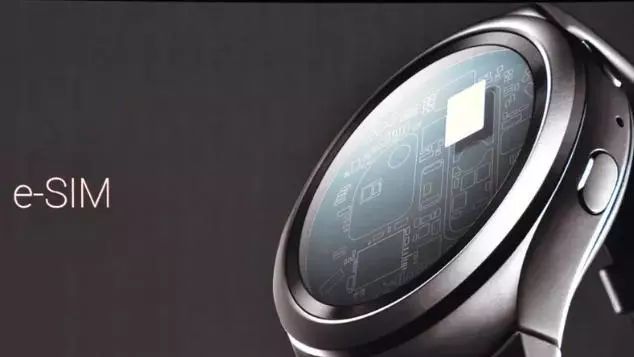
What is eSIM?
eSIM, or Embedded-SIM, refers to a SIM card that is embedded directly into the chips of mobile phones, tablets, and wearable devices, rather than being a separate removable component.
Currently, the three major domestic operators have announced a “one number, dual terminal” business model for eSIM, which allows an eSIM-enabled smart device (primarily smartwatches) to share the main phone number under an existing mobile account and plan. When a call comes in, both terminals will display the incoming call, and either terminal can make calls, with the only limitation being that the main and auxiliary terminals cannot call each other. The smart device will share the mobile number’s plan and data package resources with the phone.
Battle One: The Three Major Operators Announce eSIM Services
On March 7, 2018, China Unicom officially announced the launch of the “eSIM one number, dual terminal” service in six cities: Shanghai, Tianjin, Guangzhou, Shenzhen, Zhengzhou, and Changsha. The Apple Watch Series 3 (GPS + Cellular) became the first smart terminal product to support this service.
On April 18, China Unicom announced that the Huawei Watch 2 Pro series would join this service. It is reported that Unicom not only provides eSIM services for Huawei but also offers independent number services for eSIM.
On March 29, 2019, at the national launch conference for Unicom’s eSIM service, it was announced that the independent number service for eSIM wearable devices was now available nationwide. China Unicom’s vice president, Mai Yanzhou, pointed out that since the launch of the eSIM service, the number of related users has reached 200,000. According to Leifeng Network, Unicom’s entire eSIM ecosystem at that time already included ten manufacturers, including Apple, Huawei, Samsung, Xiaotiancai, Nubia, Mobvoi, Microsoft, Lenovo, JD (Jingxuan), and Abatong.
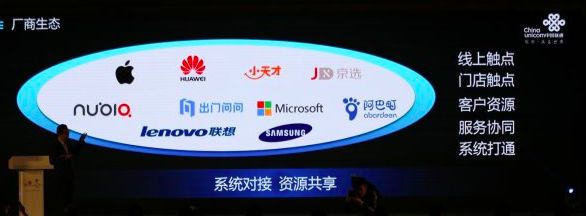
Following Unicom, China Mobile announced the launch of its eSIM service.
On June 1, 2018, China Mobile’s official Weibo announced that the “one number, dual terminal” (eSIM) service was officially launched in seven cities: Tianjin, Shanghai, Nanjing, Hangzhou, Guangzhou, Shenzhen, and Chengdu. It is reported that the HUAWEI WATCH 2 Pro, HUAWEI Watch 2 Porsche Design Edition, and HUAWEI Watch 2 2018 Edition were among the first smartwatches to support China Mobile’s “one number, dual terminal” service.
On January 23, 2019, China Mobile announced that the eSIM one number, dual terminal service began trial operation, supporting iPhone (iPhone 6 and above) and Apple Watch (Apple Watch Series 3/4). At the same time, China Mobile stated that there would be no charges for this service during the trial period from January 23, 2019, to December 2019.
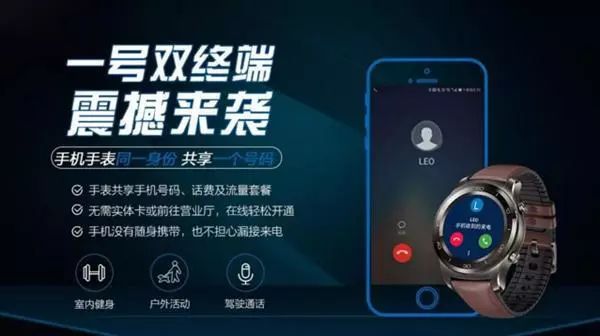
Among the three major operators, China Telecom was the last to announce its eSIM rollout plan, but it also made it in time for the end of 2018.
On November 9, 2018, China Telecom officially announced the sale of the Apple Watch Series 3/4 with built-in cellular network functionality, supporting the eSIM one number, dual terminal service, with pilot cities including Shanghai, Guangzhou, Chengdu, and Nanjing.
On December 5, China Telecom officially expanded the pilot cities to seven, including Shanghai, Guangzhou, Shenzhen, Nanjing, Wuhan, Chengdu, and Hangzhou. The supported devices were also increased by four, including HUAWEI WATCH 2 Pro, HUAWEI Watch 2 Porsche Design Edition, HUAWEI Watch 2 2018 Edition, and Samsung Galaxy Watch.
Thus, the three major operators completed their pilot layout.
Overall, the three major domestic operators started their eSIM services relatively late. Even China Unicom, which started earlier in this area, only began trialing eSIM services after the release of the Apple Watch Series 3 in September 2017.
It is reported that there was a small incident at that time. According to the Guangzhou Daily, when the Apple Watch Series 3 was released, China Unicom provided cellular network services in five regions: Shanghai, Guangdong, Henan, Hunan, and Tianjin, but this service was soon suspended; subsequent media reports indicated that the suspension was due to the fact that the Apple Watch Series 3 required a “one number, multiple terminals” service for independent cellular data, while Unicom had only received a “trial use” permit from the Ministry of Industry and Information Technology and had not passed formal approval.
Additionally, currently, only Unicom has opened eSIM services nationwide, but the eSIM service requires an independent number, which is similar to the previous addition of independent card slots and SIM cards for smartwatches, differing slightly from the “one number, dual terminal” service. Leifeng Network believes that although the mechanical structure eliminates the card slot and SIM card, it still requires an independent virtual number and plan. Based on current user habits, the initial promotion effect is likely to be slightly inferior to the “one number, dual terminal” service.
Battle Two: The Productization of Terminal Products
Although the three major domestic operators have completed their respective layouts, the actual eSIM cards still conflict with the interests of the current operators, and this feature is what device manufacturers are most eager for and have been pushing for.
On November 3, 2011, the United States Patent and Trademark Office published a patent application by Apple for a virtual SIM card (i.e., eSIM). Apple claimed that this patent would allow users to access wireless network services provided by operators without using a SIM card. This virtual SIM card mainly consists of a Universal Subscriber Identity Module (USIM), an NFC module, and an anti-interference security module (SE). When powered on, the modem controls the virtual SIM card to send the correct instructions to achieve the corresponding terminal functions. The hardware structure provided by Apple at that time is shown in the following image.
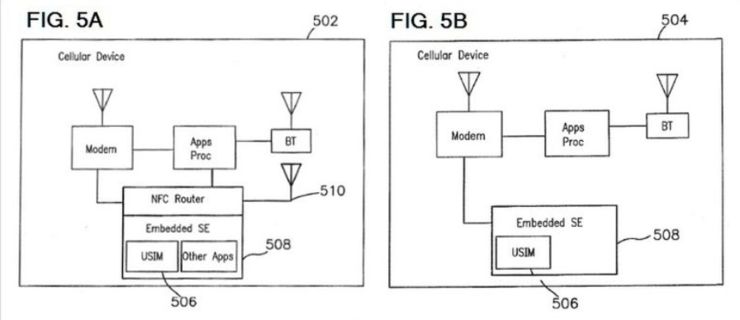
In September 2014, Apple first brought this patent, the concept of Apple SIM (the early eSIM), to actual products when it released the iPad Air 2.
Apple can be considered a pioneer in eSIM technology. Before the birth of its smartwatch, it had already trialed this capability on its iPad. According to the product description at the time of its patent registration, it was mainly used for mobile phones, desktop computers (including iPads), laptops, and other possible computing devices.
The real demand for eSIM cards comes from the emergence of wearable devices, especially the current most popular application of smartwatches.
When the Apple smartwatch reached its third generation, it began to include an eSIM card. On September 13, 2017, at the 10th anniversary of the iPhone launch, Apple released the Apple Watch Series 3, which included an eSIM card, introducing network support, with the screen frame also serving as part of the antenna, allowing users to make calls directly without a phone.
Despite the Apple smartwatch including an eSIM card, as mentioned earlier, due to the lack of support from domestic operators at that time, the Apple smartwatch lost some key features when entering the domestic market, similar to the Google Android operating system. Domestic users were unable to truly experience the convenience brought by the eSIM card. Of course, the resistance to eSIM cards was not limited to domestic operators; major operators in the US and Europe also had unpleasant experiences with Apple over this feature. However, as this trend became increasingly evident, more and more operators chose to accept this feature.
By 2018, when the three major domestic operators began trial operations of eSIM cards, the Apple Watch Series 3 also became one of the early products to support eSIM services from domestic operators, with activated features including Bluetooth connectivity to AirPods (without a phone) for outdoor music listening.
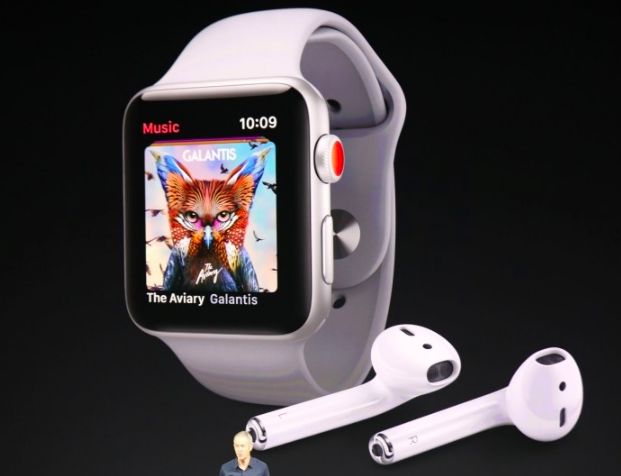
Subsequently, the Apple Watch Series 4, released in September 2018, continued the eSIM card model.
It is worth mentioning that the iPhone XS, iPhone XS Max, and iPhone XR, which were also released at the September 2018 fall conference, finally ushered in the dual SIM era, where the international versions of the phones used the eSIM as the second card. In China, only the iPhone XS supports eSIM in Hong Kong and Macau, while other regions use dual nano-SIM cards for dual SIM functionality. The main reason for the lack of widespread promotion of eSIM cards in China still comes from the obstacles posed by operators.
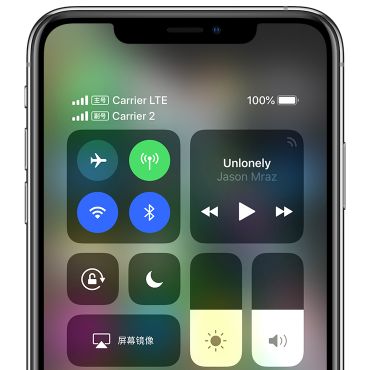
If Apple has been preparing for eSIM for many years, experiencing a long wait before finally applying it domestically, Huawei, on the other hand, did not experience much hardship with eSIM.
On October 20, 2017, at the launch of the Huawei Mate 10 in China, Huawei also announced the HUAWEI WATCH 2 Pro/Porsche Design Edition, which supports eSIM functionality and 4G connectivity through an app for online card activation. Prior to this, Huawei smartwatches (HUAWEI WATCH 2) supported cellular network connectivity through a nanoSIM card slot similar to smartphones, allowing users to use cellular networks without a phone. The HUAWEI WATCH 2 2018 Edition, released on April 12, 2018, also supports eSIM functionality. This provided another strong option for the three major operators when they officially laid out eSIM services.
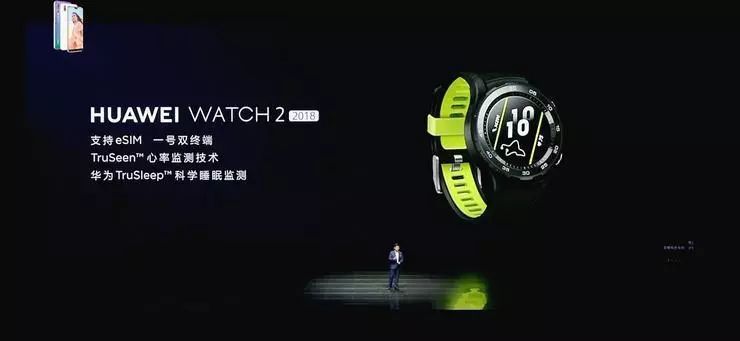
Apple has been persistent about eSIM, pushing for its long-term adoption. In fact, Apple is not the only one busy promoting eSIM; GSMA (Global System for Mobile Communications) and various players in the Android camp have also been active.
At MWC 2015, GSMA announced that it was working with mobile operators, device manufacturers, and SIM card suppliers to create a global standard for remote OTA configuration and management of network connections for consumer devices. GSMA is conducting eSIM standardization work in phases, with the third phase expected to begin later in 2015.
On February 18, 2016, GSMA announced the completion of the eSIM configuration specification, which primarily targets smartwatches, fitness trackers, and tablets. GSMA stated that the eSIM specification for smartphones and other mobile devices would be released in June of that year.
At that time, the list of supporters for the new specification included:
Hardware Manufacturers: Apple, Huawei, LG, Microsoft, Samsung;
Mobile Operators: AT&T, CK Hutchison, Deutsche Telekom, Etisalat, EE, KDDI, NTT DOCOMO, Orange, Rogers, SFR, Sprint, Telefónica, Telenor, TeliaSonera, Telstra, TIM, Transatel, Verizon, Vodafone;
SIM Chip Manufacturers: Gemalto, Giesecke & Devrient, Morpho, Oasis Smart SIM, Oberthur Technologies, Qualcomm, STMicroelectronics, Valid.
Samsung, which also supports GSMA’s eSIM standard, subsequently released its own eSIM-enabled smartwatch, the Samsung Gear S2 Classic 3G.
On February 18, 2016, Samsung announced the launch of the Gear S2 Classic 3G, which supports eSIM, with partner mobile operators including AT&T, T-Mobile, and Verizon.
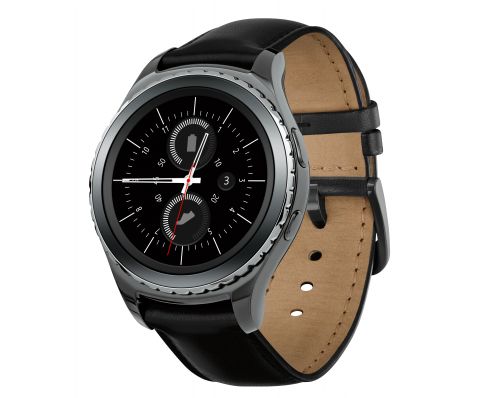
Additionally, new mainstream smartwatches have gradually supported eSIM, indicating a clear trend towards productization of eSIM in smartwatches.
What Can eSIM Bring to Wearable Devices?
The reason eSIM cards are so popular among internet manufacturers is largely due to their embedded nature and small size, which is a significant advantage for the current trend of lightweight smartphones and increasingly miniaturized wearable devices.
The rise of eSIM cards is primarily driven by the rapid development of wearable devices, especially as these devices need to connect via Bluetooth to smartphones, and often require smartphone apps for updates, software downloads, and additional features. This has led to smartwatches being positioned as “accessories” to smartphones.
For basic calling functionality, there are currently two methods for smartwatches to achieve calling capabilities:
The first method is to connect to a phone via Bluetooth, complete pairing, and authorize the smartwatch and its app for calling functionality, allowing for making and receiving calls;
The second method involves smartwatches like the HUAWEI Watch 2, which have a card slot, allowing them to operate independently with a separate nanoSIM card. However, this approach involves compromises regarding the watch’s size, the need for an additional phone card and number, and extra mechanical structures.
The pilot rollout of eSIM in China will enable wearable devices like smartwatches to exist independently from smartphones, eliminating the need for an additional phone card, which will significantly enhance the independence and completeness of such devices’ functionalities. This upgrade will coincide with the completion of pilot layouts by the three major operators in 2019, as first and second-tier smartwatch brands begin to officially enter the market.
Additionally, it is noteworthy that just as eSIM cards are gradually being promoted, Apple has taken a step further by adding a standalone App Store in the recently released WatchOS 6 version, further enhancing the independence of its smartwatches. Leifeng Network believes that as smartphones become increasingly capable, features that do not require large screens, such as message notifications, SMS, calls, and music, may increasingly be delegated to smartwatches, which will gradually develop their unique functions and apps.
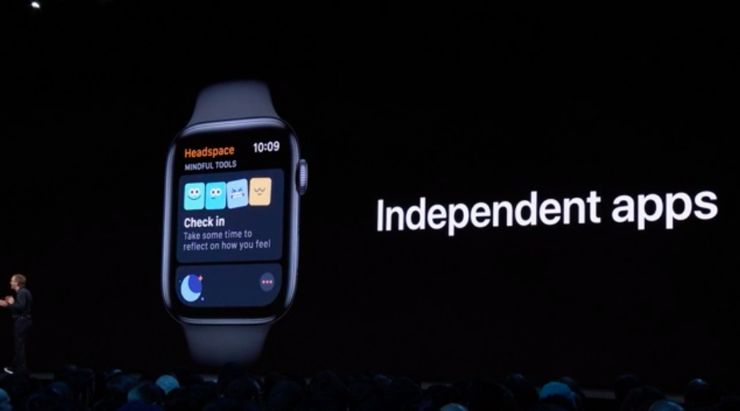 – END –
– END –
◆ ◆ ◆
Recommended Reading
5G commercial licenses will be officially issued today; China Post collaborates with Huawei; Apple establishes its first App design and development accelerator in China
Just now, 5G commercial licenses have been officially issued! Here are ten questions everyone is most concerned about
iOS developers file a class action lawsuit against Apple; Huawei denies reducing phone production; Baidu Vice President Zheng Zibin will resign
Breaking! Apple launches a major move: the strongest Mac release ever, iPad OS stunningly debuts
CCF-GAIR 2019
Hosted by the China Computer Federation and co-hosted by Leifeng Network and The Chinese University of Hong Kong (Shenzhen), the 2019 Global Artificial Intelligence and Robotics Summit will be held from July 12 to 14, 2019 in Shenzhen.At that time, Nobel Prize winner James J. Heckman, academicians from China and abroad, chairpersons of world-class conferences, and many heavyweight guests will gather to discuss the complex survival situation in the fields of artificial intelligence and robotics.
